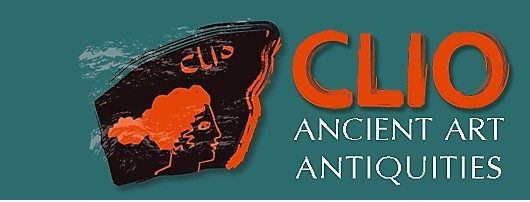Just the other day we sold a small bronze coin issued by one of the 14th Century Mamluk rulers of Egypt, Syria and the Levant, pictured below. Inexpensive and similar to countless thousands of examples that were produced by the Mamluk sultans over a period of over 250 years, its simple but satisfying floral scroll decoration and Arabic script belie the remarkable artistic output of these rulers.

The Muslim Mamluk rulers of Egypt and Syria came to power in AD 1250 and their line, divided into two separate dynastic phases, continued until AD 1517 when the Ottoman Empire conquered Egypt. They were descended from an elite class of mainly Turkish, Crimean, Georgian and Circassian mercenaries and personal bodyguards who had served the previous Ayyubid Dynasty. With their center of power in Cairo, their long rule over Egypt, the Levant and Syria included such accomplishments as the spectacular defeat of the Mongol invaders in AD 1260, the siege and capture of most remaining Crusader castles and cities in the Levant, total defeat of the Eighth Crusade and expansion into parts of Nubia and Anatolia.
Priding themselves for their culture and learning, the Mamluks were great patrons of the arts. With political instability in the east, particularly in what is now Iraq and Iran, artisans and craftsmen sought out stable patrons, and the Mamluks were keen to capitalize on this. Under their patronage architecture and the arts of glass making, metalworking and textiles achieved great heights. Glass making and textiles already had a long tradition in Egypt, the former going back to Dynastic Egypt, and the later to antiquity as well, especially under Coptic Christian production. Skilled metal workers and engravers arriving from the eastern Islamic lands in the wake of the Mongol invasions brought with them new styles and techniques.
Below are just a few images to highlight these achievements. The museums in which some of these objects are housed also harbor many other examples of Mamluk and other Islamic art and their online collections are a good starting point for further study.









